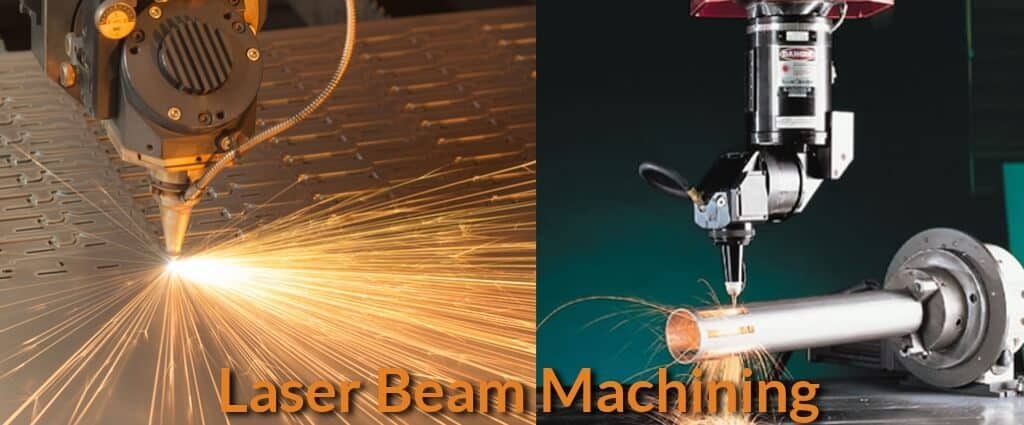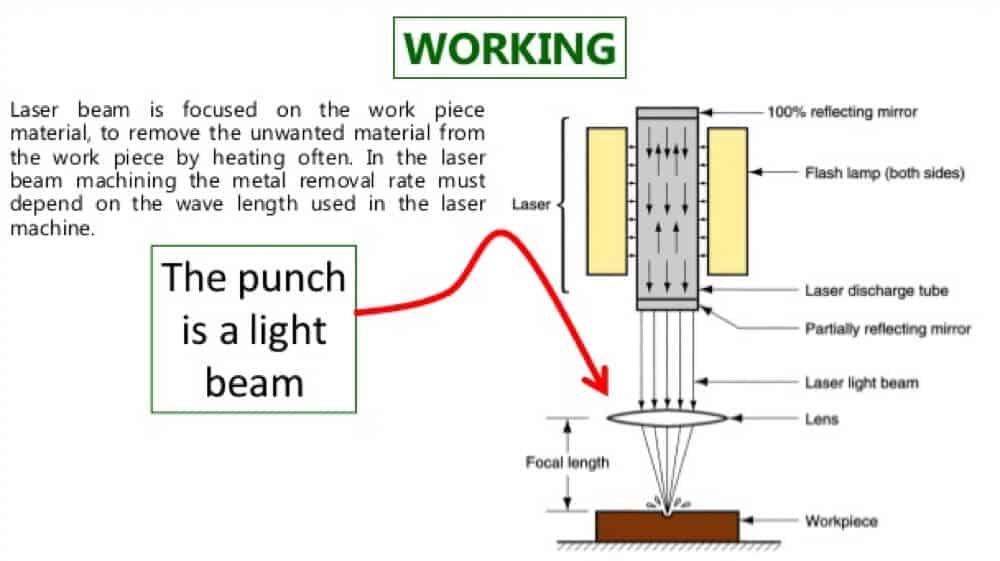June 11, 2021

A little more than half a century ago, the use of laser beam only belonged to the realm of science fiction. In fact, many people of that bygone period would remember laser as a powerful beam of light that was usually used to cut through thick metal objects and to blow objects to smithereens. However, in actuality, it is still challenging to employ laser as a weapon because the energy needed to generate a really powerful beam would be simply enormous.
Days after the invention of the laser, no one had a clue as to the potential use of laser beam. The old-age adage, therefore, that says “necessity is the mother of all inventions” did not apply to the laser, for at the onset of the invention of the laser, there were no real or immediate applications for it. In the succeeding years after its invention, however, scientists discovered that laser could be used for various purposes.
At present, the laser is used for several applications like in the field of medicine wherein laser is generally used in most modern surgical procedures. The laser is also used in advanced communication systems. Moreover, the use of laser has also found its way in the barcode scanners, optical disc drives, and laser printers. In the military, as the recent wars have shown, laser is commonly used for target acquisition and designation. Furthermore, the use of laser in industrial applications has likewise become very popular in recent years with the introduction of laser welding and cutting tools as well as laser beam machining.
What Is Laser Beam Machining?
Laser beam machining or LBM is a non-contact industrial procedure wherein the material that is processed is physically left untouched while using laser beam to melt or vaporize unwanted materials from a workpiece. Unlike ordinary lights, the laser beam is a highly-concentrated, highly-energized coherent light that can be focused over a very tight area or space. Laser beam also can travel over a vast distance without scattering its beam and can stay in a very narrow spectrum.
How Is Laser Beam Produced?

Laser or Light Amplification by Stimulated Emission of Radiation is produced by stimulating the electrons of atoms in a laser medium, e.g., in the ruby crystal. In a solid-state laser, the atoms of a medium are usually “bathed” in flashes of high energy light. When an atom absorbs energy, its electrons become excited and leap to a high energy orbit for a few milliseconds. When the electrons return to their ground state, they spontaneously emit a photon (particle of light). This emitted photon moves up and down inside the gain medium at light speed. As this emitted photon travels, it stimulates another excited atom to emit a similar photon in a process called “stimulated emission.” To facilitate this action, two things are needed:
- Amplifying or “Gain” Medium — Gain mediums with loads of atoms whose electrons are vital to the creation of photons. Gain mediums can be in gas, chemical, solid-state forms.
- Flash tube — The flash tube, like a camera’s xenon lamp, is used to stimulate the atoms in the gain medium. The flash tube is connected to a high-voltage power source as well as a to a capacitor.
To further understand how the laser beam is produced, here are the procedural steps on how the laser beam is generated:
- High-voltage electric current is applied to the flash tube. The capacitor operates the flash tube in pulse mode. The flashes of light produced contain highly energized photons.
- The gain medium absorbs every time a flash of light is emitted by the flashlamp, highly energized photons of light.
- As the gain medium absorbs the photons, the atoms contained in the medium is “bathed” in energy, exciting the electrons of these atoms in a process called “Absorption.” Excited electrons leap out of their “ground” orbit to a high energy orbit where they stay momentarily and return to ground releasing a photon of light as “Spontaneous Emission.”
- The photons released through spontaneous emission move about at light speed within the gain medium.
- As these emitted photons travel inside the medium, they will eventually collide with and stimulate an already-excited atom in a process called “Stimulated Emission.” During the stimulated emission, another photon is created alongside the photon that was spontaneously-created. One photon of light creates two photons, thereby amplifying or strengthening the light photon. Thus, light amplification is created through stimulated emission. Both photons share the same characteristics such as frequency and color. This process is repeated over again, and the photons build up continuously as long as power is applied.
- At one end, the medium is covered with full-reflecting mirror, while at the other end, there is a partially reflecting mirror. These mirrors keep the photons on bouncing back and forth inside the medium while letting some photons escape.
- Escaping photons are concentrated into laser beams that are focused by a lens before exiting.
Type of Lasers Used in LBM
There are several types of lasers. There is the gas laser, dye laser, semiconductor laser, solid-state laser, the excimer laser. These different types of lasers are used in many different applications, and the most common types of lasers that are used in laser beam machining are the gas lasers and solid-state lasers.
1) Gas Laser
Gas Laser uses gas as its gain medium. In gas laser, electrical current is introduced to the gain medium to produce coherent high-energy photons. Gas laser operates in a continuous mode. Carbon Dioxide (CO2) laser is the only gas laser employed in LBM process. As its name implies, CO2 laser uses CO2 gas as its gain medium. Despite being one of the earliest gas lasers to be developed, the CO2 laser is still one of the most widely used lasers. This is due to the fact that CO2 lasers could produce hundreds of kilowatts of energy that could be very useful for industrial purposes. CO2 laser emits infrared (IR) light with wavelengths centering at 9.4-10.6 micrometers.
2) Solid-State Laser
Solid-state laser uses glass and/or other crystalline materials as its gain medium. Usually, the basic medium is “doped” with rare earth elements like neodymium, erbium, ytterbium, thulium, and chromium. One example of a solid-state laser with a wide variety of applications is the Neodymium-doped Yttrium Aluminum, Garnet or Nd: YAG laser. Nd: YAG laser emits its beams in pulsed or continuous mode at the IR band, typically at 1064 nanometer (nm). However, Nd:YAG laser also operates at 946 nm, 1120 nm, 1320 nm, and 1440 nm. Nd:YAG lasers operating in pulsed mode usually employ Q-switch that allows the production of extremely powerful pulsed light. For industrial applications, Nd:YAG laser is applied to cut, mark, etch, or engrave on various metals or plastics. Moreover, Nd:YAG laser is also used for welding and other specialized tasks in the manufacturing process.
3) Ruby Laser
Another solid-state laser used in LBM is the Ruby laser. Ruby laser uses synthetic ruby crystals as its gain medium. This produces a deep red light at 694.3 nm. Ruby laser uses chromium ions as its “dopant.” Ruby laser is largely being replaced by the more efficient Nd:YAG laser in many of its applications.
Advantages of Laser Beam Machining
LBM has some distinct advantages over its more conventional counterparts. Some of these advantages are:
- Versatility — LBM can be used on any material, irrespective of the material’s hardness, brittleness, and conductivity. LBM can also be used to cut and/or weld any heat-treated or magnetized metal with minimal change of properties at the area affected by the heat.
- Functionality — LBM can be used to cut, weld, drill, etch and engrave even in tight, hard-to-reach areas of the workpiece.
- Maintainability — Due to lack of physical contact between the workpiece and tools, the machine’s wear and tear is almost nil.
- Precision — LBM ensures high accuracy in cutting with regards to the position, size, and shapes that are to be cut. LBM can cut and produce highly-complex shapes with minuscule sizes.
Disadvantages of LBM
- High initial cost—Due to the technology and complexities of the machining system, the LBM is a costly investment.
- LBM requires a highly trained operator that has an engineering background and can read drawings and has computer knowledge.
- High operational cost—LBM involves a lot of power during operation.
- Low production rate—LBM is not designed for mass production.
- LBM needs very rigid safety procedures as lasers can readily burn the retina of an eye.
Applications
The LBM is mostly applicable in largescale production like ship-building, car manufacturing, aerospace companies, and electronics industries. Lastly, LBM can be particularly useful in the fabrication of unique non-conductive materials and in producing fine, precise and small parts.
